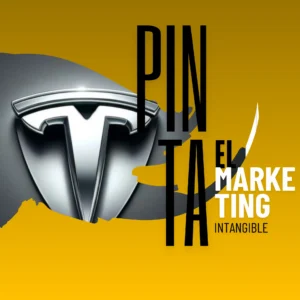
Third-party cookies are disappearing. Google has decreed it, Apple confirmed it long ago, and browsers are closing ranks. “It’s for your privacy,” they say, with the same sincerity as a used car salesman promising that the ‘98 sedan “has never been in an accident.” But behind this crusade for privacy, there’s something the big tech companies aren’t telling you: tracking isn’t dying; it’s just evolving. And yes, it might be worse.
The Funeral of Cookies (and the Birth of the Wild West of Tracking)
Until now, the holy grail of digital targeting was third-party cookies—those tiny files that allowed advertisers to follow you around the internet and serve you “relevant” ads (or at least try). But with regulations like GDPR and CCPA tightening the screws, the industry needed a new plan. Enter fingerprinting, a technique that combines data points like IP address, operating system, device model, and browsing habits to identify users without cookies. It’s like recognizing you not by your name but by the way you walk, dress, and order coffee at Starbucks. More private? Not really. Harder to regulate? Absolutely.
The Great Irony: AI Protects You… While Spying on You
This is where artificial intelligence comes into play. Big tech companies have integrated AI into their browsers and platforms to “ensure privacy,” while at the same time, these very systems analyze our behavior in real-time to continue delivering hyper-targeted ads. In other words, we’ve swapped one invasive system for another—just with better branding.
What Does This Mean for Brands and Advertisers?
If you run a brand or lead a marketing team, this change isn’t the apocalypse, but it is a strategic challenge. Here are some key ways to adapt:
Zero-Party Data: The New Marketing Gold
Instead of relying on hidden tracking, start collecting data directly from customers through surveys, voluntary sign-ups, and interactive experiences. Trust will become a key KPI.
- Contextual Targeting: The Comeback Kid
Ads based on the content users consume are making a return. If someone reads about electric cars, it’s more effective to show them a Tesla ad in that context rather than chasing them for weeks with aggressive banners.
- Contextual Targeting: The Comeback Kid
- AI, But With Purpose
Instead of using AI to stalk users like an obsessive ex, leverage machine learning to improve segmentation within your own data ecosystem.
- E-commerce as the New Advertising Space
Amazon, Mercado Libre, and other platforms are offering their own ad systems based on first-party data. If Google becomes less reliable, these options will gain relevance.
The Future: Fewer Cookies, More Creativity
The end of third-party cookies isn’t the end of digital marketing—it’s just a reminder that the game is constantly changing. The key is to adapt without relying on invasive tactics. Because if advertising history has taught us anything, it’s that when one door (or cookie) closes, another window (with fingerprinting) opens. Welcome to the future of digital tracking. Privacy? Well, that’s still up for debate.

Óscar Aviv Rodríguez
Demand Generation Especialist
Red Design Systems
Compartir
From the CEO’s strategic vision to real stories of brands that are marketing for real.

Subscribe to the newsletter and receive each edition with insights, tools and trends ready to apply.
document.getElementById( "ak_js_1" ).setAttribute( "value", ( new Date() ).getTime() );
other news







